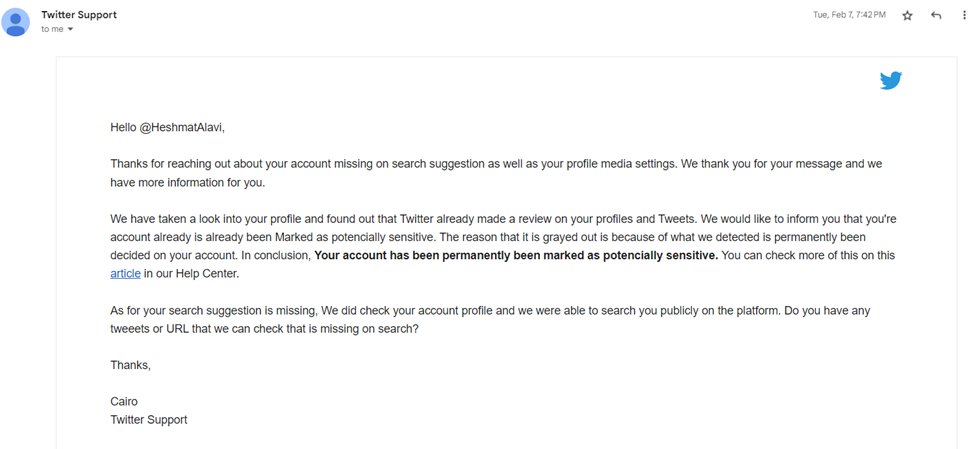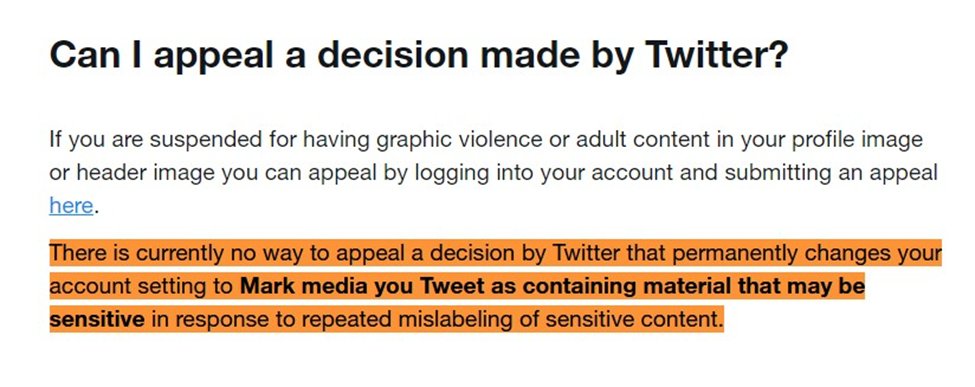THREAD
1)
#Iran’s chief apologist @JZarif claims 73% of Iranians participate in elections.
It is quite obvious that numerous provided by Zarif or the Iranian regime can never be trusted.
Furthermore, let’s see what Zarif won’t tell you about elections in Iran.
1)
#Iran’s chief apologist @JZarif claims 73% of Iranians participate in elections.
It is quite obvious that numerous provided by Zarif or the Iranian regime can never be trusted.
Furthermore, let’s see what Zarif won’t tell you about elections in Iran.
2)
Key differences exist between elections in Iran & the West. The process & dynamics involved in selecting Iran’s president suggest why there's a strong belief any form of elections in Iran are a sham & the power to rule the country lies elsewhere.
irannewsupdate.com/report-analysi…
Key differences exist between elections in Iran & the West. The process & dynamics involved in selecting Iran’s president suggest why there's a strong belief any form of elections in Iran are a sham & the power to rule the country lies elsewhere.
irannewsupdate.com/report-analysi…
3)
Feb 2016:
Of 12,123 nominees, almost half were cut by the Guardian Council, with 6,300 of them – including 586 women – allowed to stand for election for the Majlis & 166 candidates, all male, put forward for the Assembly of Experts.
independent.co.uk/news/world/mid…
Feb 2016:
Of 12,123 nominees, almost half were cut by the Guardian Council, with 6,300 of them – including 586 women – allowed to stand for election for the Majlis & 166 candidates, all male, put forward for the Assembly of Experts.
independent.co.uk/news/world/mid…
4)
The President's powers are limited by the clerics in the country's power structure and by the authority of the Supreme Leader. It is the Supreme Leader who controls Iran's armed forces and makes decisions on security, defense, and key foreign-policy issues.
The President's powers are limited by the clerics in the country's power structure and by the authority of the Supreme Leader. It is the Supreme Leader who controls Iran's armed forces and makes decisions on security, defense, and key foreign-policy issues.
5)
Candidates are vetted by the Guardian Council’s Election Monitoring Committee and it is they who select the handful of candidates who may run for office. In the election of 2013, 680 people applied and the Committee quickly narrowed it down to just eight candidates.
Candidates are vetted by the Guardian Council’s Election Monitoring Committee and it is they who select the handful of candidates who may run for office. In the election of 2013, 680 people applied and the Committee quickly narrowed it down to just eight candidates.

6)
The Guardian Council consists of six clerics installed by the Supreme Leader while the remaining six jurists are appointed by the Head of the Judiciary, who is selected by the Supreme Leader.
The Guardian Council consists of six clerics installed by the Supreme Leader while the remaining six jurists are appointed by the Head of the Judiciary, who is selected by the Supreme Leader.
7)
Election candidates must present a record of religious and political affiliation to the ‘Republic’ & "heart-felt and practical allegiance" to absolute clerical rule.
The vague wording of this requirement means the Guardian Council can easily disqualify anyone at their will.
Election candidates must present a record of religious and political affiliation to the ‘Republic’ & "heart-felt and practical allegiance" to absolute clerical rule.
The vague wording of this requirement means the Guardian Council can easily disqualify anyone at their will.
8)
According to Scott Lucas, an Iran specialist at Britain's Birmingham University, the Guardians Council's decisions are based more on political loyalties than the credentials of the candidates.
rferl.org/a/guide-iran-p…
According to Scott Lucas, an Iran specialist at Britain's Birmingham University, the Guardians Council's decisions are based more on political loyalties than the credentials of the candidates.
rferl.org/a/guide-iran-p…
9)
This effectively prevents opposition forces or anyone with fundamentally different political views from taking part in the political process. Lack of inclusiveness in elections is one of the factors casting a shadow on Iran’s human rights record.
iranfocus.com/en/index.php?o…
This effectively prevents opposition forces or anyone with fundamentally different political views from taking part in the political process. Lack of inclusiveness in elections is one of the factors casting a shadow on Iran’s human rights record.
iranfocus.com/en/index.php?o…
10)
In Iran, there is no voter registration or roll. Iranians can vote anywhere as long as they present their national identification book, or Shenasnameh, which is stamped at the polling station.
In Iran, there is no voter registration or roll. Iranians can vote anywhere as long as they present their national identification book, or Shenasnameh, which is stamped at the polling station.
11)
Once the polling stations are closed, the counting process begins. Neither the general public nor any civil society organization is permitted to monitor the count. This makes it very difficult to audit election results and ensure the integrity of the vote.
Once the polling stations are closed, the counting process begins. Neither the general public nor any civil society organization is permitted to monitor the count. This makes it very difficult to audit election results and ensure the integrity of the vote.
12)
The Guardian Council must approve the election process and the Supreme Leader signs off on the Letter of Presidency.
Meaning the Supreme Leader is in full control of the “election” results. This is in fact a “selection.”



The Guardian Council must approve the election process and the Supreme Leader signs off on the Letter of Presidency.
Meaning the Supreme Leader is in full control of the “election” results. This is in fact a “selection.”




13)
In 2009, widespread protests erupted after it became evident that the ruling elite had rigged the presidential elections in its favor. Security forces brutally cracked down on protesters.
nytimes.com/2009/06/14/wor…
In 2009, widespread protests erupted after it became evident that the ruling elite had rigged the presidential elections in its favor. Security forces brutally cracked down on protesters.
nytimes.com/2009/06/14/wor…
14)
Since then, the establishment has taken a number of steps to ensure that the election does not serve as a catalyst to popular protest. Security measures have been tightened, and the media, both foreign and domestic, even more suppressed, with journalists imprisoned.
Since then, the establishment has taken a number of steps to ensure that the election does not serve as a catalyst to popular protest. Security measures have been tightened, and the media, both foreign and domestic, even more suppressed, with journalists imprisoned.
15)
"Democratic elections, where people are afforded a real choice to pick their leaders, are non-existent in today's Iran; the genuine opposition has no political voice,” according to Iranian opposition President Maryam Rajavi.
"Democratic elections, where people are afforded a real choice to pick their leaders, are non-existent in today's Iran; the genuine opposition has no political voice,” according to Iranian opposition President Maryam Rajavi.

16)
“What currently exists is a constricted power struggle through sham elections whose outcome is shaped not by popular vote but by the regime's internal balance of power."
“What currently exists is a constricted power struggle through sham elections whose outcome is shaped not by popular vote but by the regime's internal balance of power."
17)
Rajavi’s ten-point plan for the future free & democratic Iran considers the ballot box as “the only criterion for legitimacy. Accordingly, we seek a republic based on universal suffrage.”
maryam-rajavi.com/en/viewpoints/…
Rajavi’s ten-point plan for the future free & democratic Iran considers the ballot box as “the only criterion for legitimacy. Accordingly, we seek a republic based on universal suffrage.”
maryam-rajavi.com/en/viewpoints/…
18)
“We want a pluralist system, freedom of parties and assembly. We respect all individual freedoms. We underscore complete freedom of expression and of the media and unconditional access by all to the internet.”
“We want a pluralist system, freedom of parties and assembly. We respect all individual freedoms. We underscore complete freedom of expression and of the media and unconditional access by all to the internet.”
19)
More on Rajavi’s plan:
-non-nuclear Iran, free of WMDs
-foreign policy based on peaceful coexistence
-committed to the Universal Declaration of Humans Rights
-gender equality in political, social and economic arenas
-women will enjoy the right to freely choose their clothing
More on Rajavi’s plan:
-non-nuclear Iran, free of WMDs
-foreign policy based on peaceful coexistence
-committed to the Universal Declaration of Humans Rights
-gender equality in political, social and economic arenas
-women will enjoy the right to freely choose their clothing
20)
-separation of Church and State
-recognize private property, private investment & market economy
-modern legal system based on the principles of presumption of innocence, the right to defense
-abolition of death penalty
(Link again for more details.)
maryam-rajavi.com/en/viewpoints/…
-separation of Church and State
-recognize private property, private investment & market economy
-modern legal system based on the principles of presumption of innocence, the right to defense
-abolition of death penalty
(Link again for more details.)
maryam-rajavi.com/en/viewpoints/…
• • •
Missing some Tweet in this thread? You can try to
force a refresh











